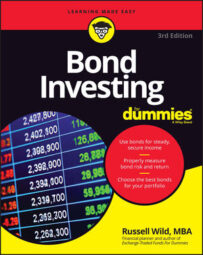As a bond investor, you’re probably most interested in the bonds that will leave you with more money at the end of the day. If it comes to a choice between taxable and tax-free municipal bonds, grab your calculator and apply the following rather simple formula to determine the potentially more profitable bond:
Start with 100.
Subtract your tax bracket to find your reciprocal.
If you are in the 28 percent bracket, for example, subtract 28 from 100. That number — 72 — is called the reciprocal of your tax bracket.
Divide the municipal yield by the reciprocal.
The result tells you what you would have to earn on the taxable bond to equal the amount you would get on the tax-exempt municipal bond.
Using these numbers, consider a muni (a short, and rather endearing, abbreviation of municipal bond) paying 5 percent:
5 / 72 = 6.94 percent
That number, 6.94, represents your tax-equivalent yield, or your break-even between taxable and tax-exempt bond investing. If you can get 5 percent on a muni versus 6.94 percent on a taxable bond, it won’t matter which you choose, as far as take-home pay. (Of course, other factors may matter, such as the quality or the maturity of the bond.) If the taxable bond is yielding greater than 6.94 percent, it will likely be your best bet. If the taxable bond is yielding less than 6.94 percent, you’re likely better off with the tax-free bond.

